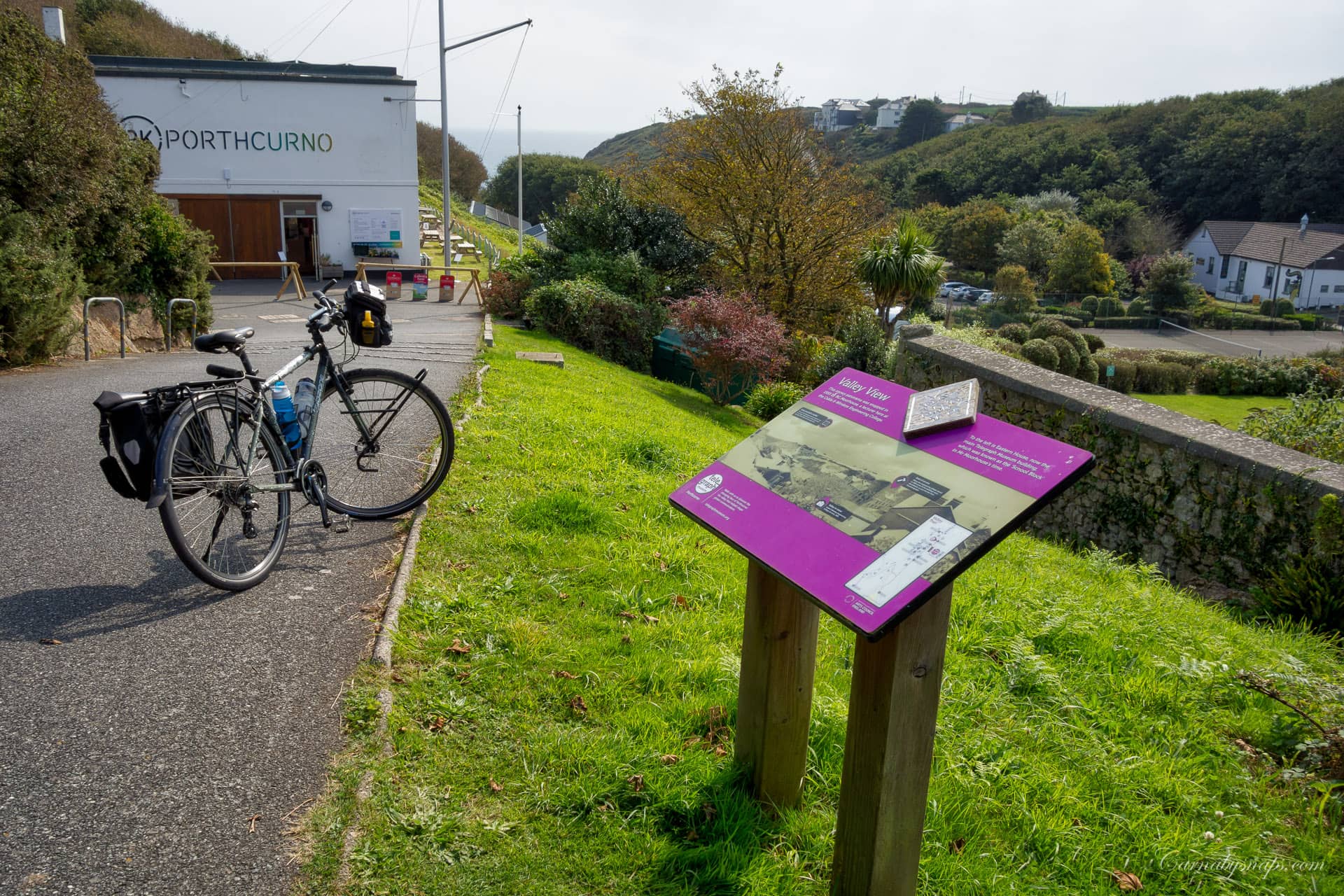



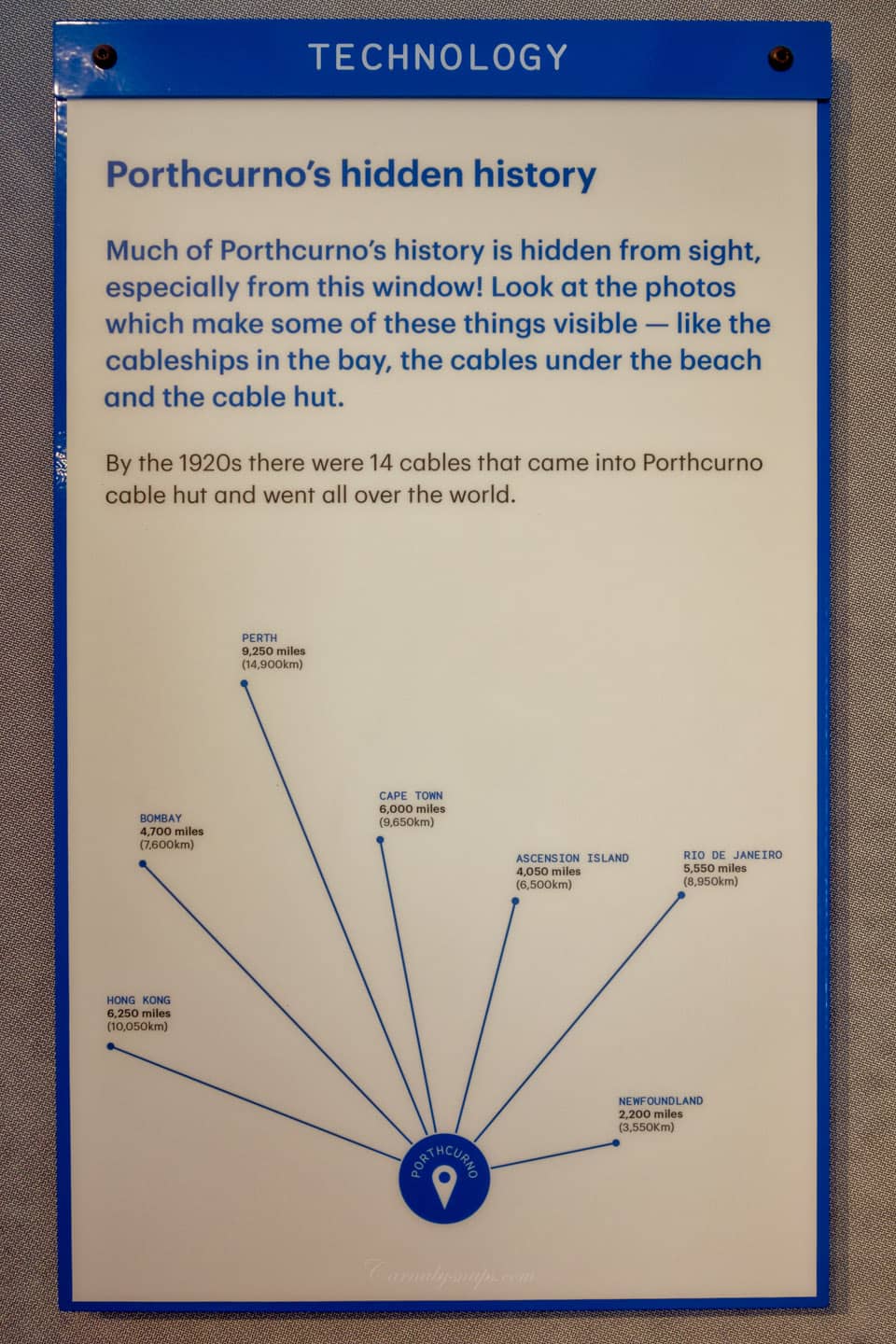

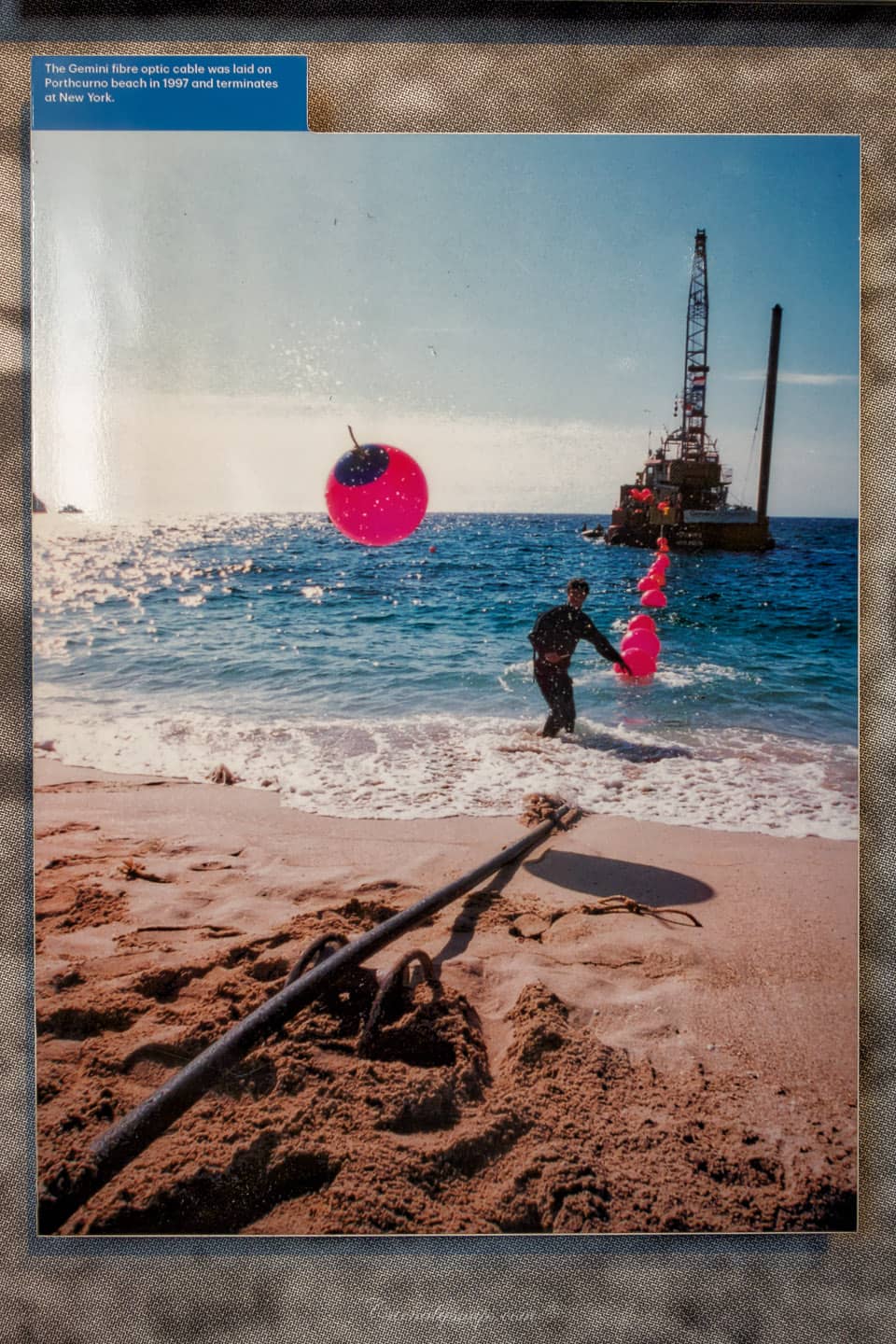

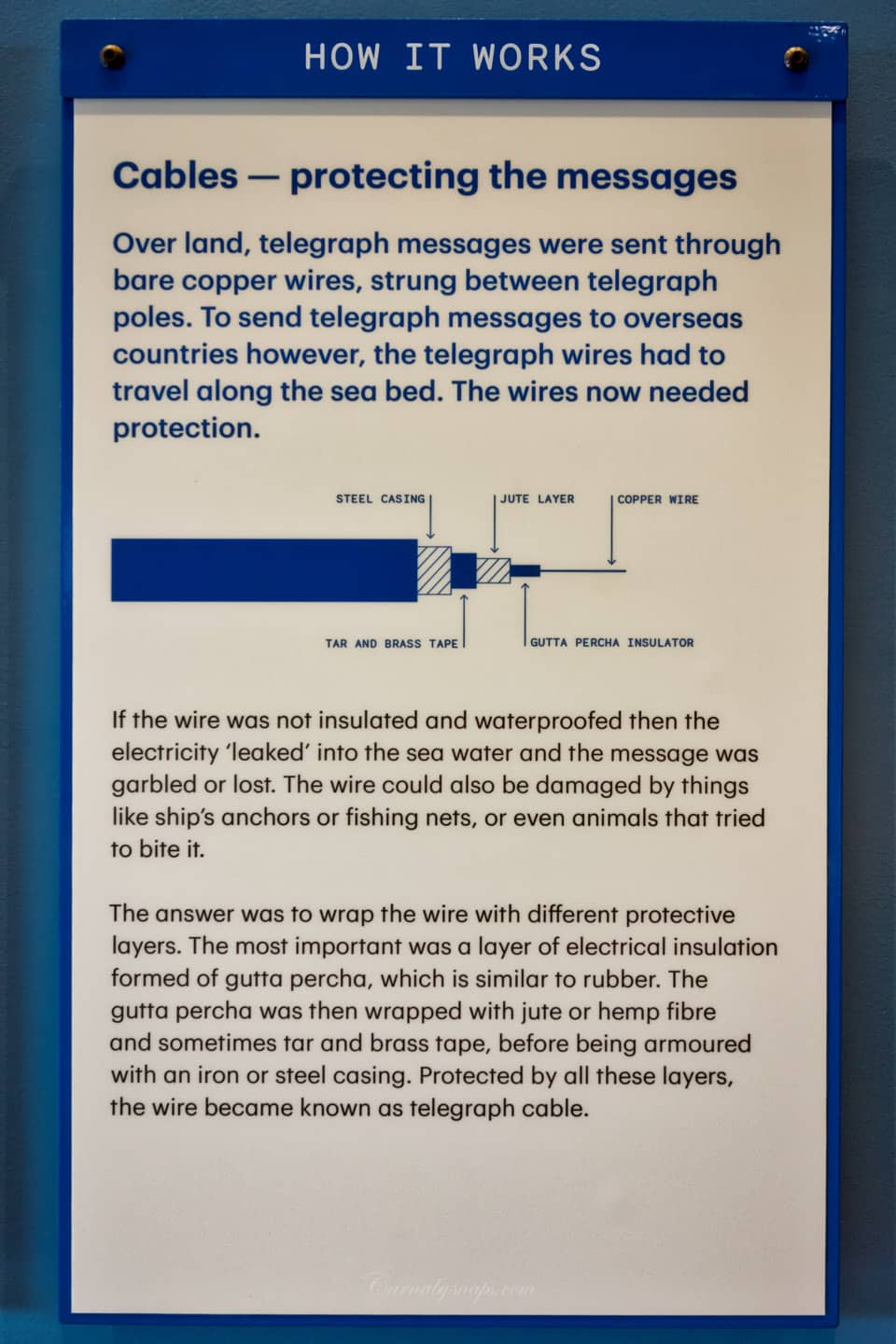

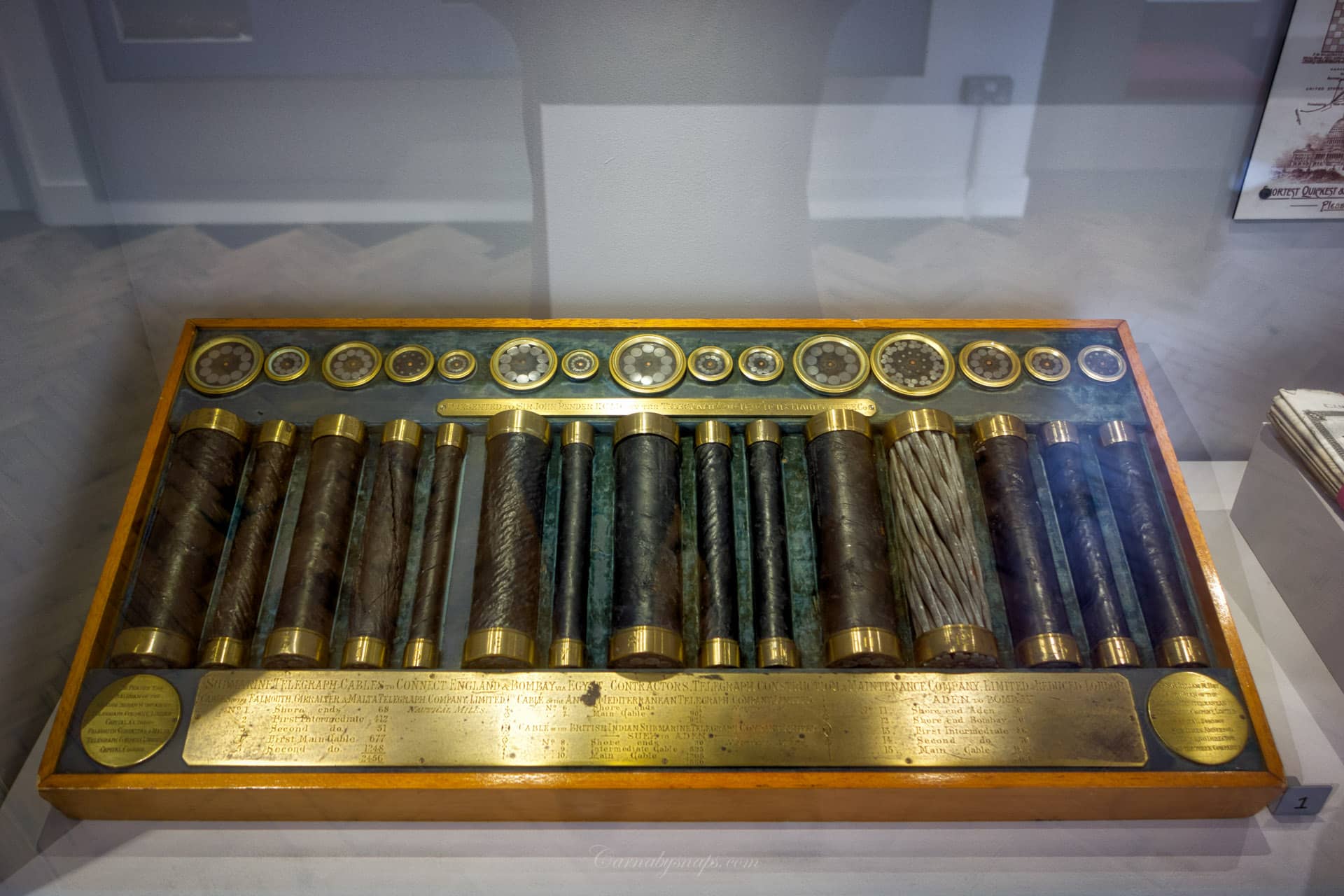







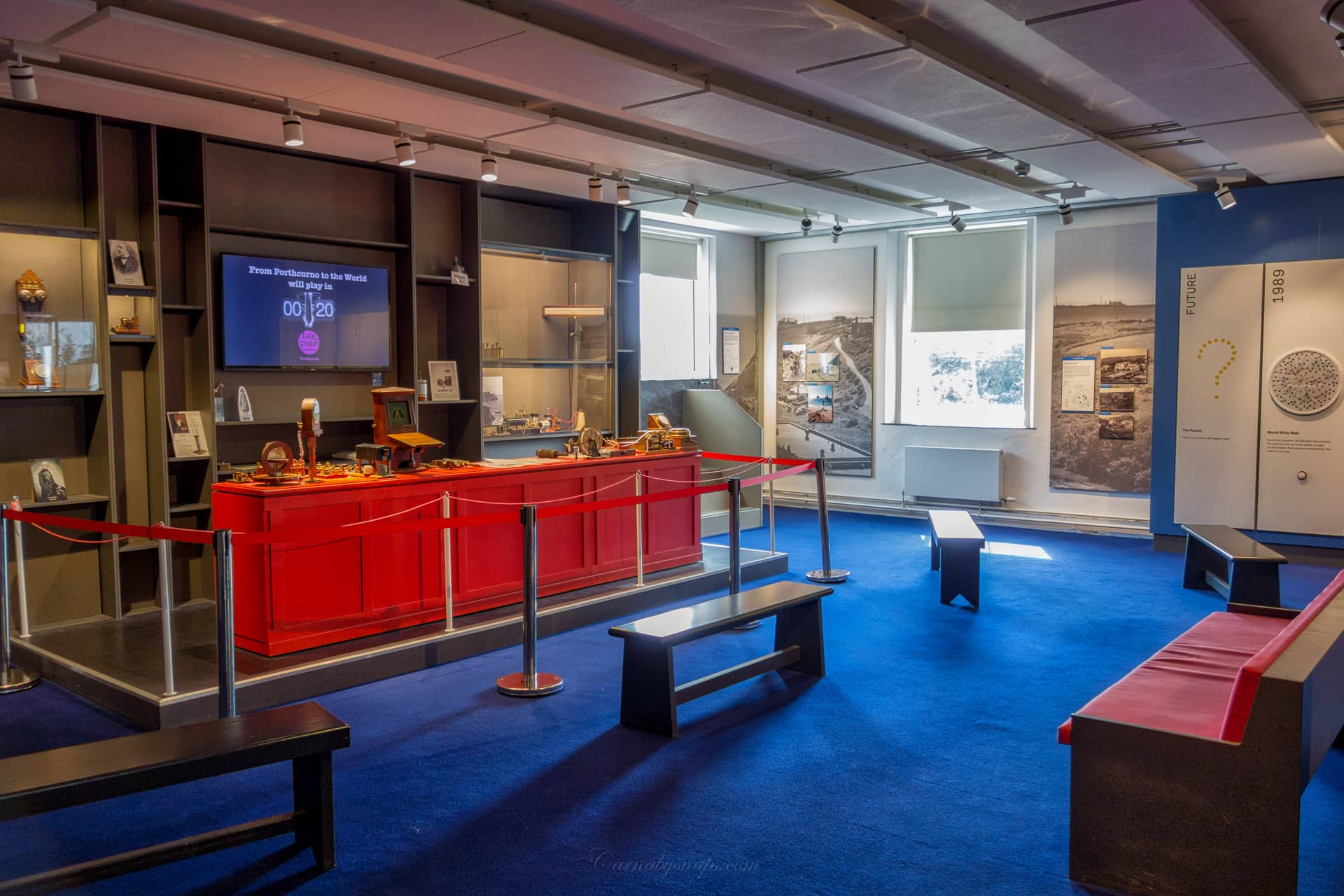





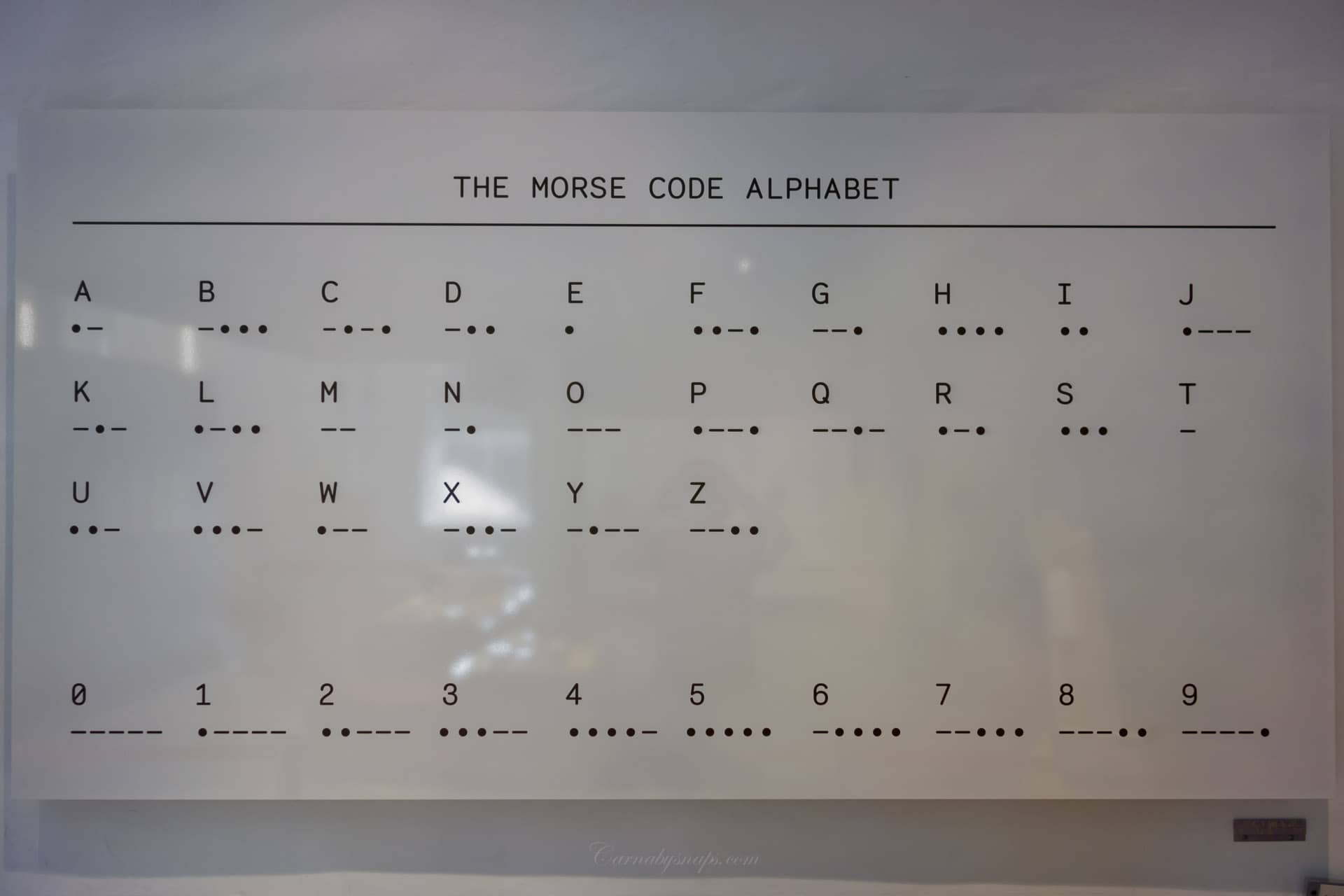



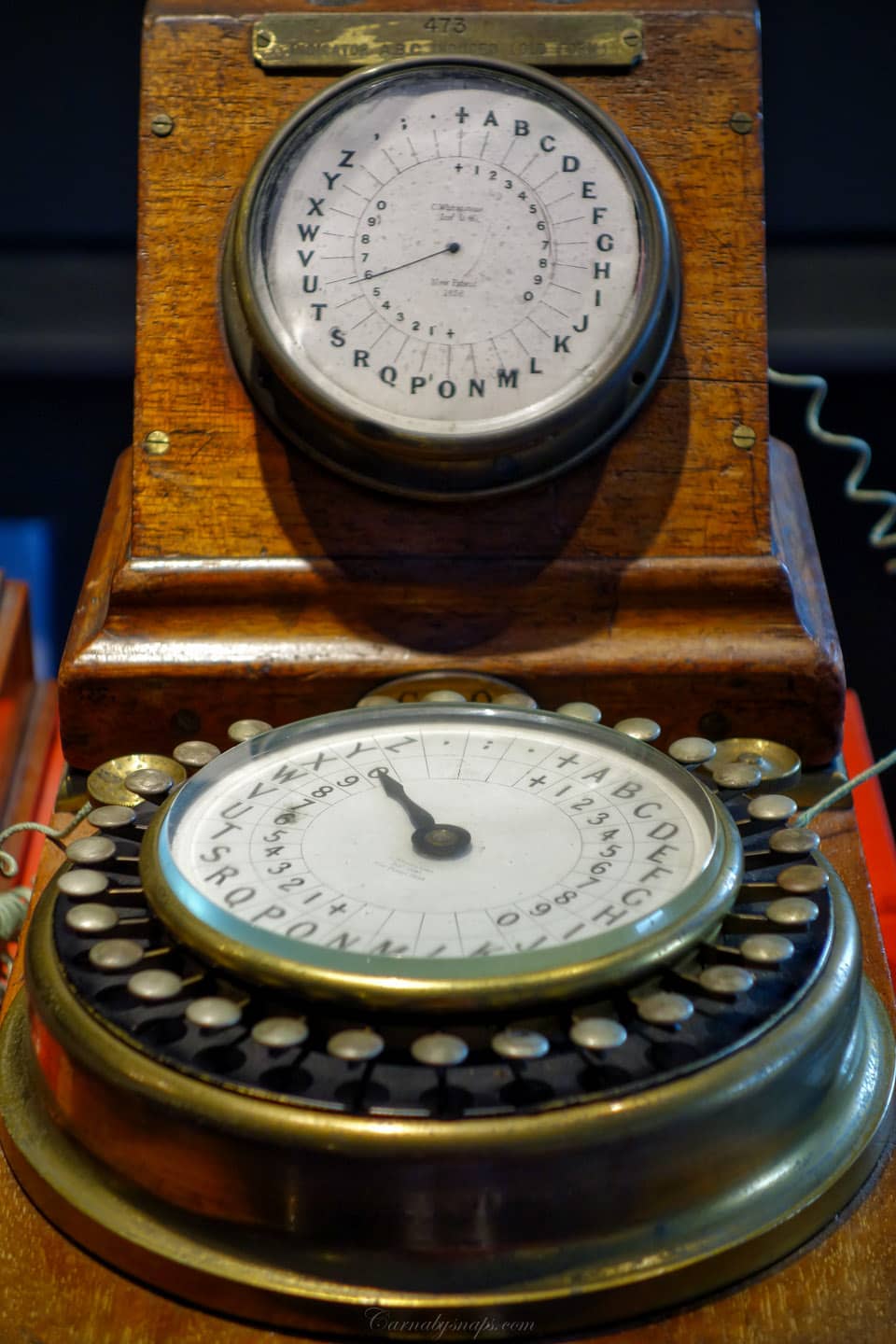



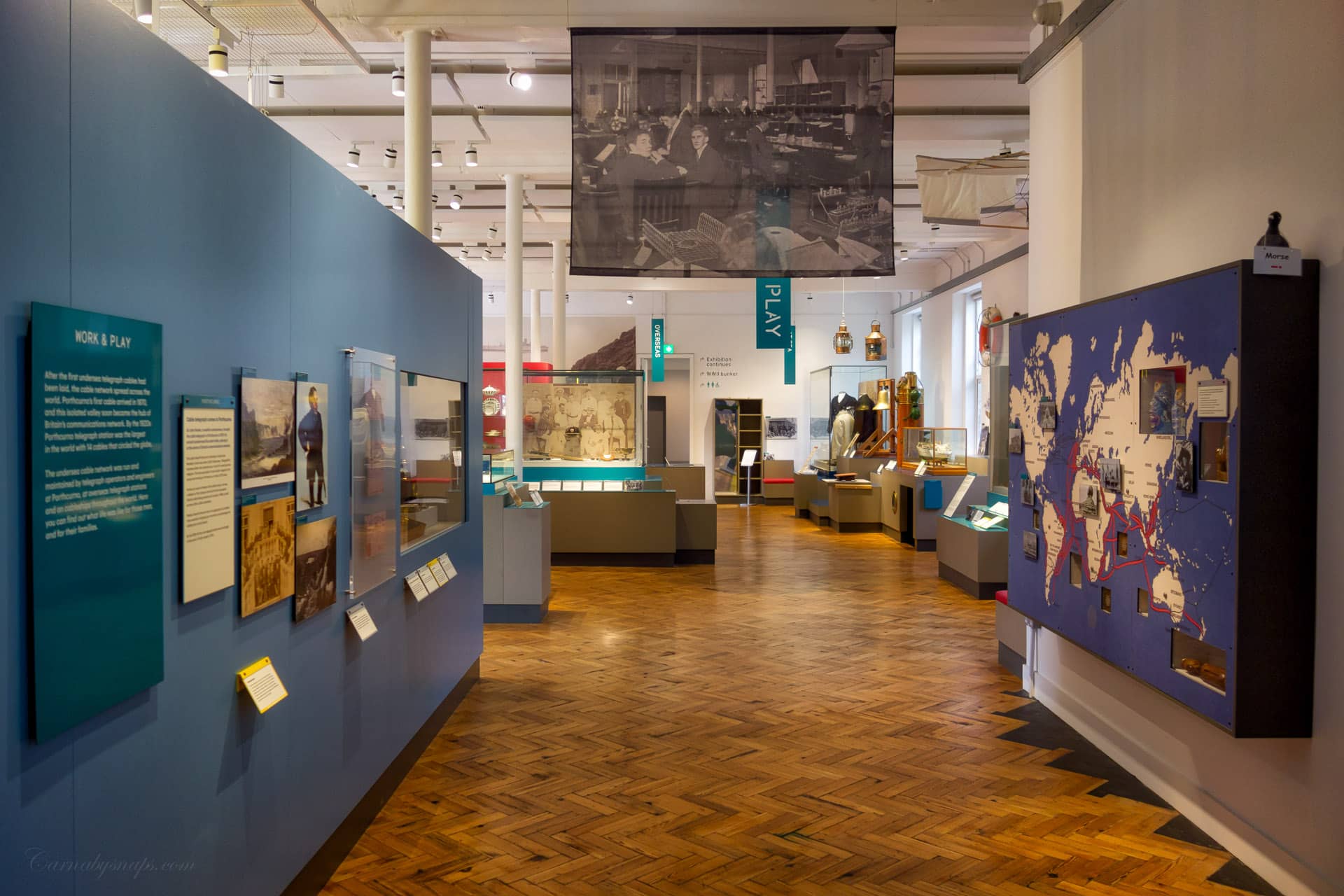

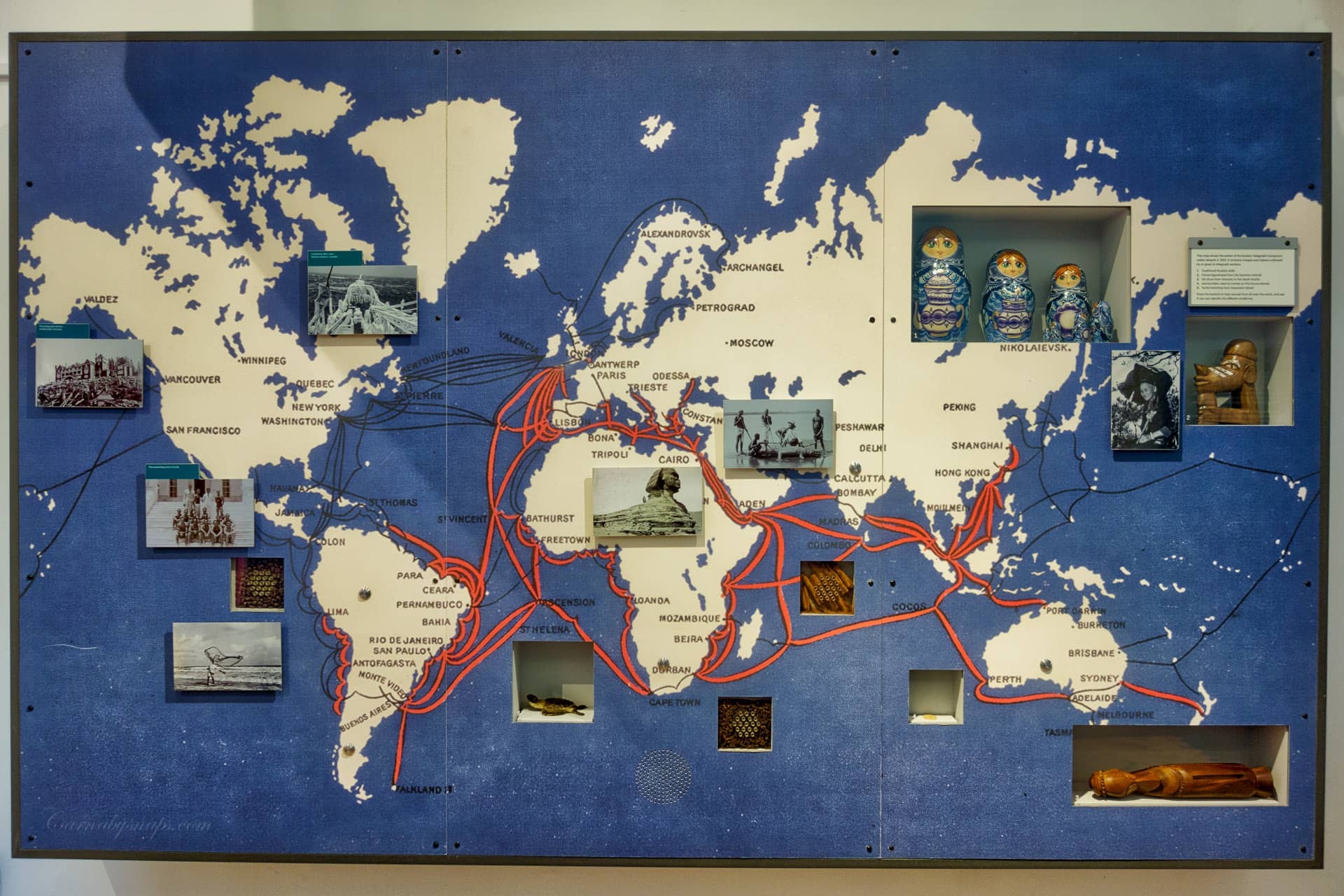

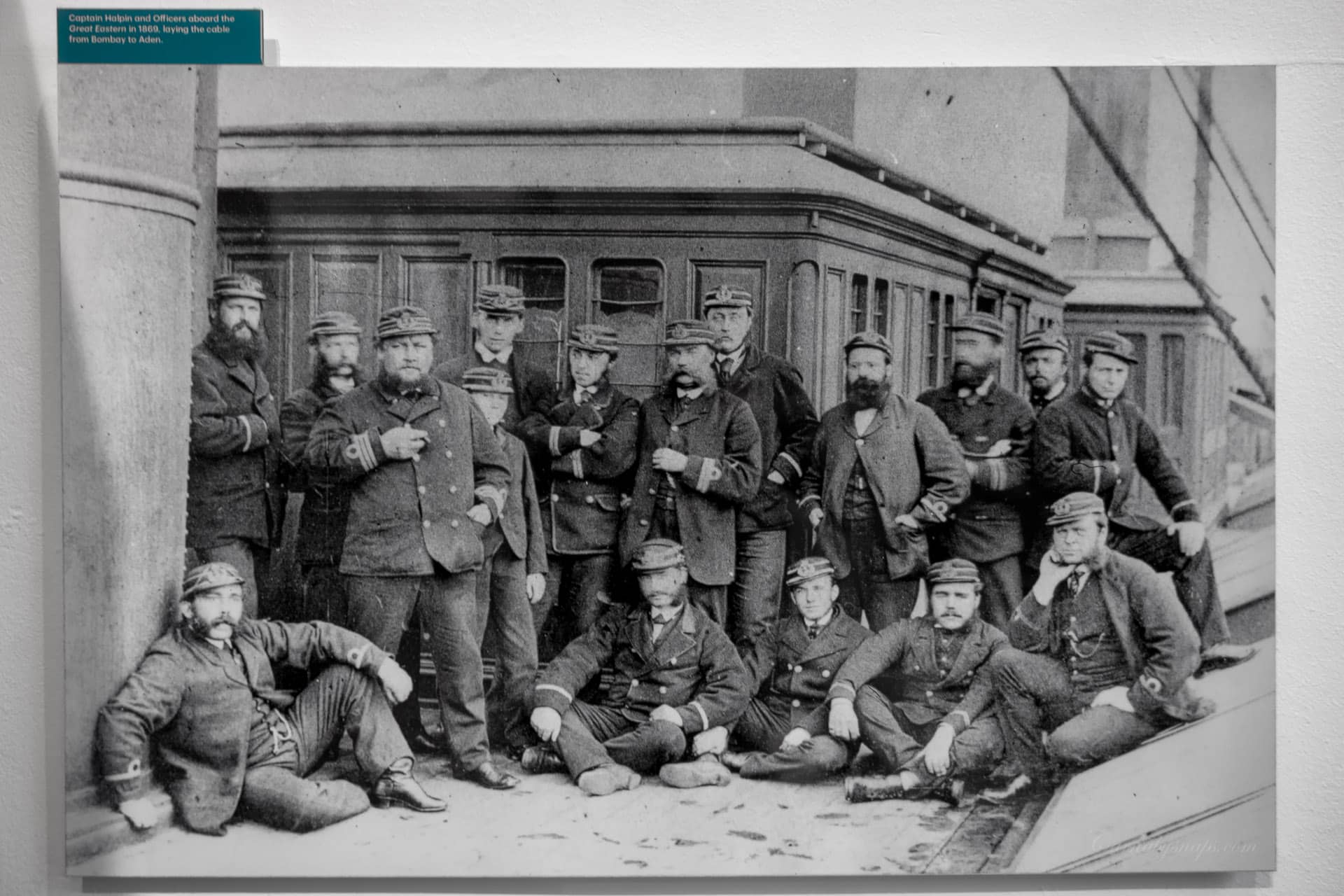

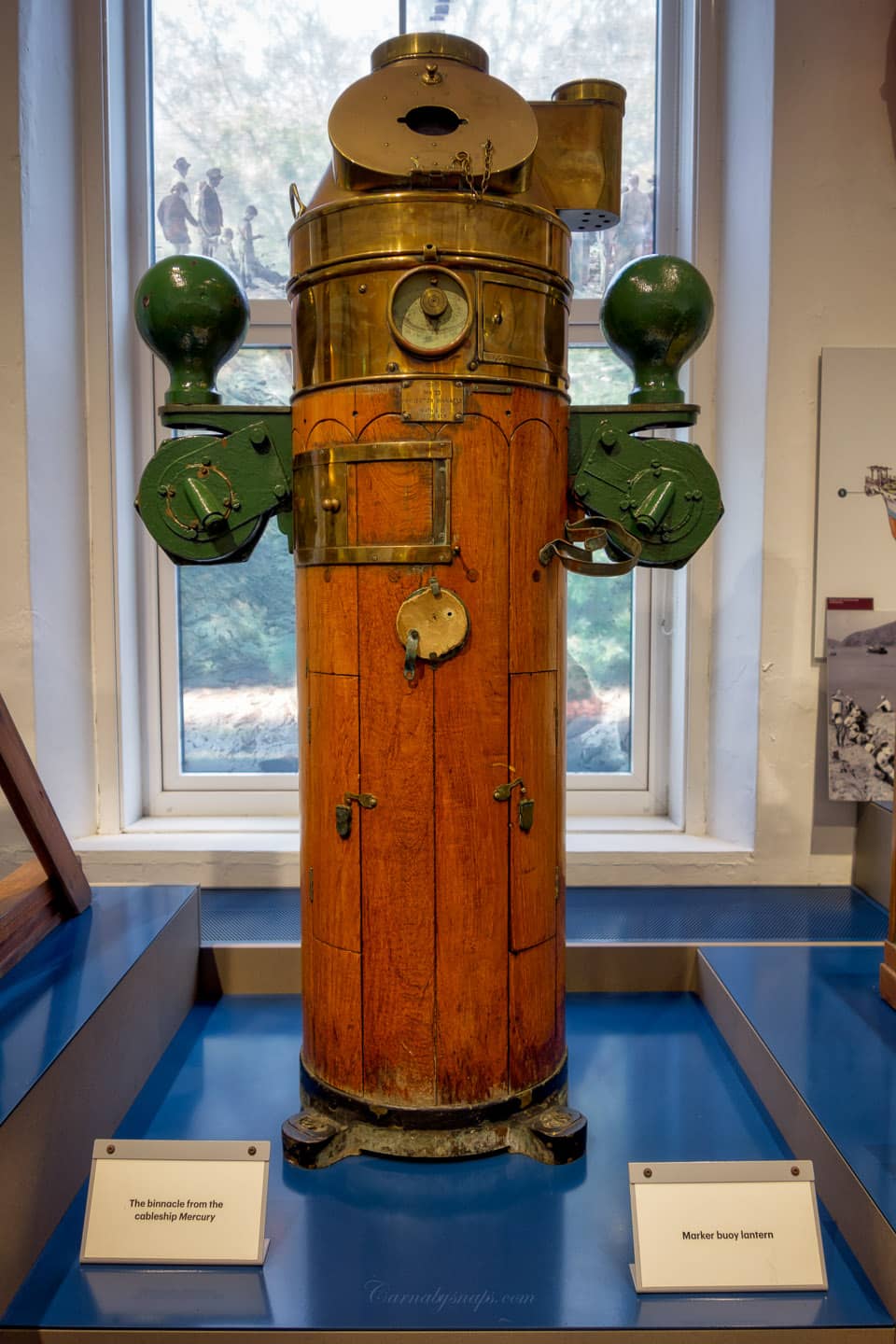



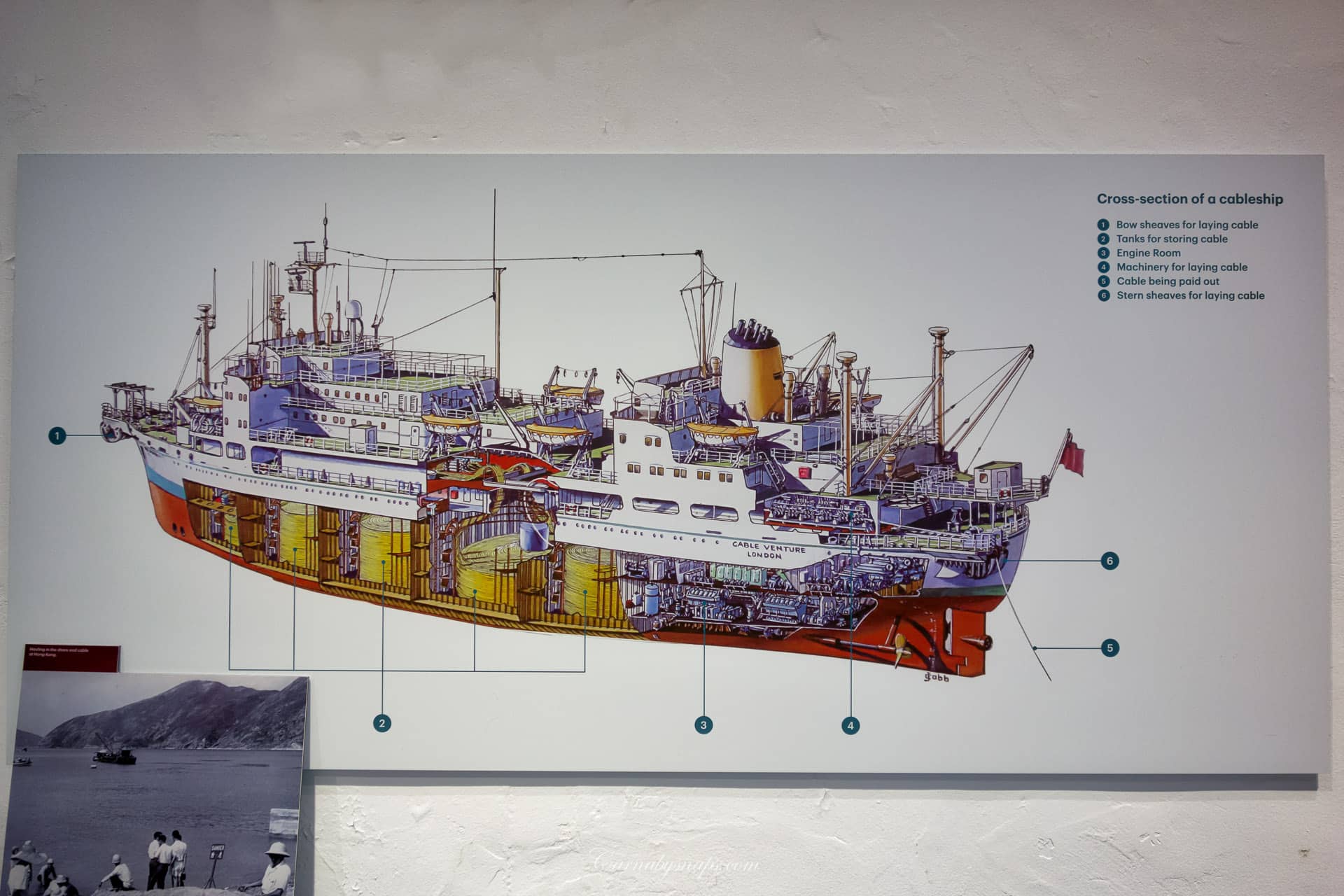



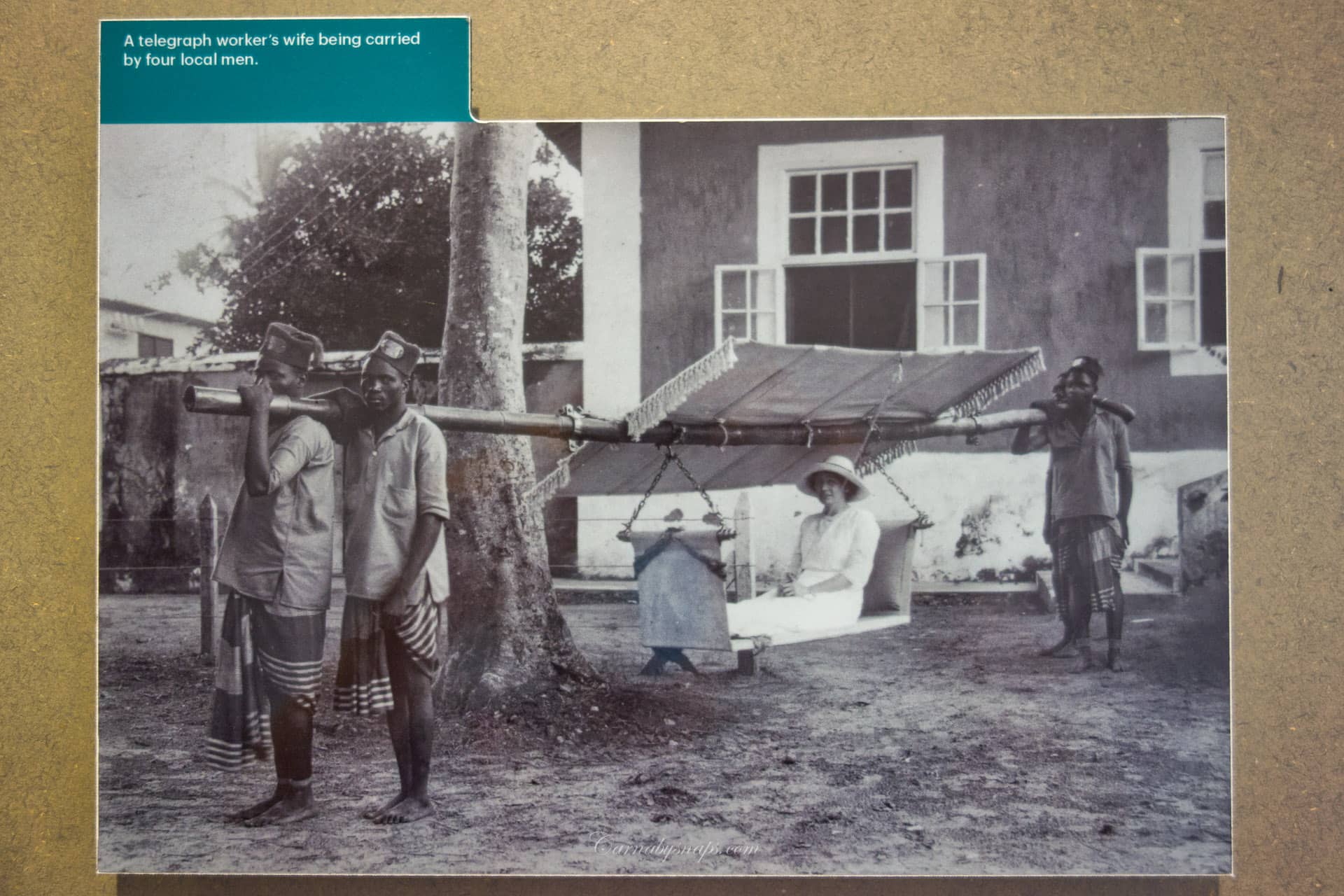

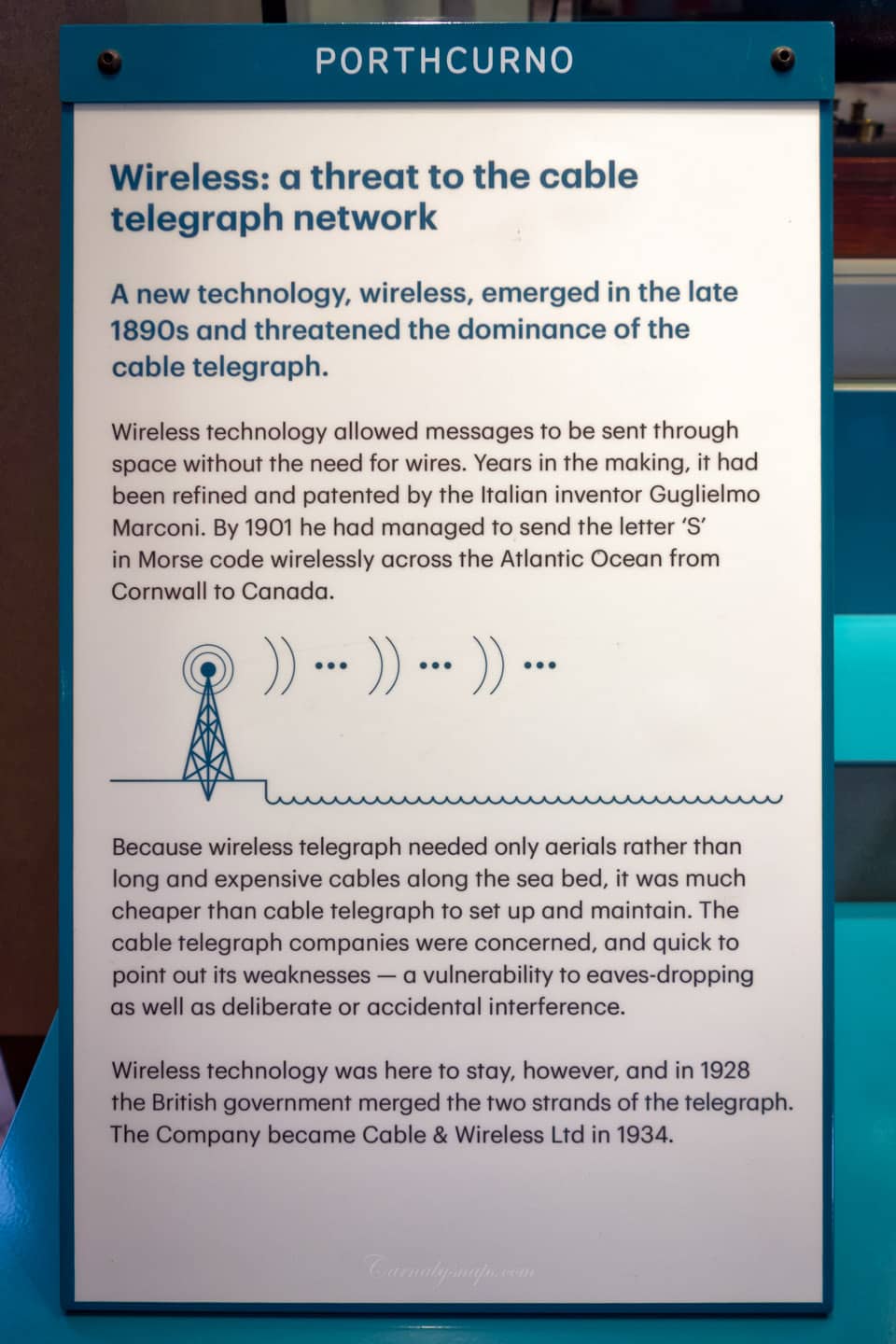



























Note: click on any photo to start a cool manual slideshow without the annotations! (give us a thumbs up/down if you enjoyed the photos!)
This was my second cycle touring trip of 2020 after my ‘warm-up’ trip to Telford the month before (I say warm-up because it was my first trip out of town whilst we were dealing with the Covid crisis and was a good insight into seeing how cycle/camping worked under these conditions). I had planned to cycle around the South West Peninsula of Cornwall from Penzance to St Ives and along the coastline camping as I go.
Along the way I visited some of Cornwall’s most fascinating historic spots including the Porthcurno Museum of Global Communications formally the Porthcurno Telegraph Station, or PK, where the first international telegraph cable was brought ashore and was the World’s most important station during the late Victorian era and also Geevor Tin Mine, formerly North Levant Mine, which was operational between 1911 and 1990 and is now museum and heritage centre left as a living history of a working tin mine.
There was so much to say about this trip but as usual I’m going to let the photos tell the story and also the captions for each one and I can throughly recommend cycling/hiking around this area as there is so much history left in place to see!
Enjoy! 😀